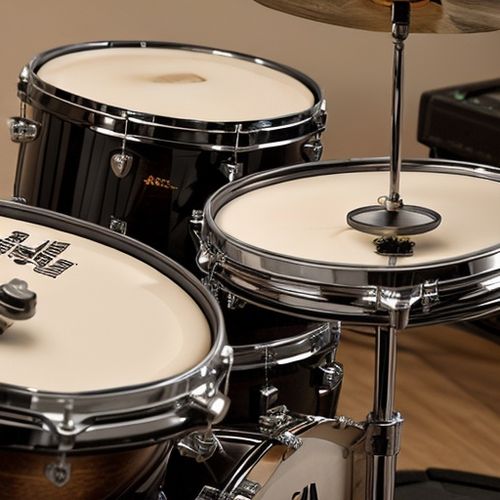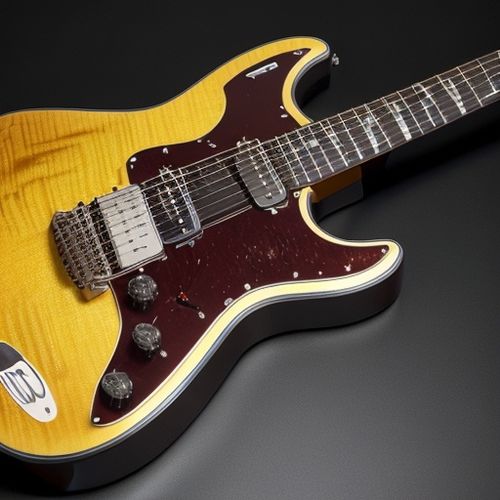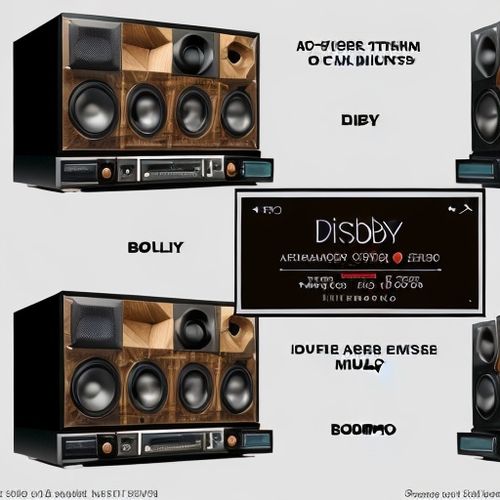In a groundbreaking development for the musical instrument industry, researchers have unveiled a revolutionary nano-coating technology that triples the durability of drumheads. This innovation promises to transform the way percussionists approach their craft, offering unprecedented longevity without compromising acoustic quality.
The breakthrough emerged from a three-year collaboration between materials scientists at the Massachusetts Institute of Technology and professional drummers from the Berklee College of Music. By applying a proprietary nanoscale polymer composite to traditional drumhead materials, the team achieved what many considered impossible - maintaining perfect tonal characteristics while dramatically extending the product's lifespan.
Traditional drumheads typically withstand about six months of rigorous playing before requiring replacement. The nano-coated prototypes endured eighteen months of continuous testing under professional playing conditions without showing signs of wear. Drummers participating in blind tests couldn't distinguish between the sound quality of treated and untreated heads, confirming the technology's acoustic neutrality.
What makes this coating remarkable is its self-healing property at the microscopic level. When subjected to the repeated impact of drumsticks, the nanoscale structure temporarily deforms to absorb energy before returning to its original configuration. This molecular-level flexibility prevents the permanent deformation that normally causes drumheads to lose their tension and tonal precision over time.
The coating process adds less than 0.1 millimeters to the drumhead's thickness, completely invisible to the naked eye. Manufacturers won't need to alter existing production equipment significantly, as the coating can be applied during standard manufacturing processes. This practical advantage could lead to relatively quick adoption across the industry once full-scale production begins.
Professional drummers who tested prototypes reported unexpected benefits beyond durability. Many noted improved consistency in rebound response across the entire playing surface, allowing for more precise stick control. The coating also appears to reduce unwanted overtones slightly, producing a cleaner attack sound particularly valued in studio recording situations.
Environmental considerations add another dimension to this innovation. With drumheads lasting three times longer, the musical industry could significantly reduce waste from discarded heads. Preliminary calculations suggest widespread adoption could eliminate thousands of tons of plastic waste annually from landfills. The coating itself uses non-toxic materials that don't interfere with standard recycling processes for drumhead materials.
While initially developed for professional-grade drumheads, the technology shows promise for other percussion applications. Researchers are already experimenting with adaptations for timpani heads, marching percussion, and even some string instrument components that suffer from similar wear issues. The military is reportedly interested in exploring applications for their marching bands, where equipment undergoes extreme conditions.
The economic implications could reshape the drumhead market. Though the coated heads will carry a premium price, the extended lifespan actually represents significant savings for serious players. Music schools and institutional buyers stand to benefit most, as their high-usage environments typically require frequent replacements that strain budgets.
As with any musical innovation, traditionalists have voiced concerns about altering the fundamental nature of drumhead performance. However, the research team emphasizes that this technology doesn't change how drumheads function - it simply preserves their optimal performance characteristics much longer. Early adopters among professional drummers suggest it may become standard equipment within a few years, much like synthetic drumheads replaced animal skins decades ago.
Production is expected to begin within eighteen months, with several major drumhead manufacturers already licensing the technology. The research team continues refining the formula, working to extend the benefits to specialized head types like those used for jazz or extreme metal genres that have unique wear patterns.
This nano-coating breakthrough represents more than just a durability improvement - it's a fundamental rethinking of how percussion instruments can maintain their voice over time. As the technology develops, we may see similar applications emerge for other instrument components where wear affects performance, potentially ushering in a new era of maintenance-free musical gear.

By Olivia Reed/Apr 13, 2025

By William Miller/Apr 13, 2025

By Amanda Phillips/Apr 13, 2025

By Megan Clark/Apr 13, 2025

By Joshua Howard/Apr 13, 2025

By Samuel Cooper/Apr 13, 2025

By Elizabeth Taylor/Apr 13, 2025

By Eric Ward/Apr 13, 2025

By Emma Thompson/Apr 13, 2025

By Noah Bell/Apr 13, 2025

By Sarah Davis/Apr 13, 2025

By Eric Ward/Apr 13, 2025

By Daniel Scott/Apr 13, 2025

By Benjamin Evans/Apr 13, 2025

By Elizabeth Taylor/Apr 13, 2025

By Grace Cox/Apr 13, 2025

By Megan Clark/Apr 13, 2025

By Benjamin Evans/Apr 13, 2025

By Thomas Roberts/Apr 13, 2025

By Sarah Davis/Apr 13, 2025